On the evening of September 9, 1873, the Portsmouth express was approaching Guildford having passed through Petersfield, Haslemere, Milford and Godalming on its way to London when disaster struck.
About two miles south of the town, near the Peasmarsh junction, the train struck a bullock that had run loose while being driven from Guildford cattle market – then held in North Street, as it had been done for some 700 years.
The engine and tender remained on the rails, but all ten carriages were flung off, killing three of the passengers, including the daughter of the stationmaster at Milford.
The driver was able to run his locomotive on to Guildford to summon help.
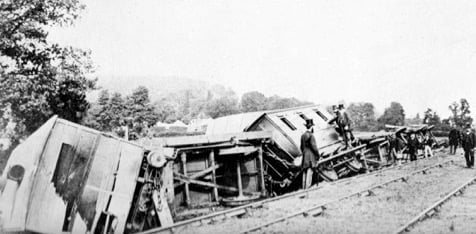
The inquest following the disaster returned a verdict of accidental death on the victims, but made the recommendation that communication cords and continuous brakes be compulsorily fitted to trains, a matter of great debate at the time.
But despite trials of rival brake systems at Newark in 1877, little was done.
On June 13, 1879, William Edward Baxter, the MP for Montrose and Privy Councillor, proposed in the House of Commons that “it was the duty of the Government to take such measures as may be necessary to secure the application to all railway passenger vehicles in the United Kingdom of continuous brakes which comply with the conditions laid down by the Board of Trade as essential to public safety.”
He continued: “I find that, between 1870 and 1876, there were 1,234 accidents which were of sufficient importance to be inquired into by officials of the Board of Trade; and of these, 952, or nearly four-fifths, might have been prevented, or mitigated, at all events… by the use of efficient brakes.
“In August 1877 was passed an Act which gave warning to railway companies that if they did not adopt a proper system of brakes they must be compulsorily interfered with.
“For 20 years the Board of Trade has been pressing on the railway companies the necessity of adopting proper continuous brakes.
“It is now the duty of the Government to take such measures as may be necessary to secure the application to all railway passenger vehicles in the United Kingdom of continuous brakes which comply with the conditions laid down by the Board of Trade as essential to public safety.
“The progress had been very slow, indeed, and meantime accidents were occurring and lives were being lost.”

Despite all this, it wasn’t until after the Armagh rail disaster in June 1889, when many Sunday School children were killed, that continuous automatic brakes became compulsory on all British trains.
The train crew decided to divide the train and take forward the front portion, leaving the rear portion on the running line. The rear portion was inadequately braked and ran back down the gradient, colliding with a following train.
Unlike the Peasmarsh/Artington disaster 16 years earlier, the tragedy led directly to various safety measures becoming legal requirements for railways in the United Kingdom.
The Regulation of Railways Act 1889, enacted just two months after the Armagh disaster, required the use of continuous automatic brakes on passenger railways, along with the block system of signalling and the interlocking of all points and signals. This is often taken as the beginning of the modern era in UK rail safety.
As The Oxford Companion to British Railway History, published in 1999, recorded: “With an ill grace and some shuffling, the companies implemented the Act. As soon as they had done so, serious accidents caused by inadequate braking ceased in Britain.”
Article shared with Peeps into the Past courtesy of Matthew Alexander and the Artington parish website.
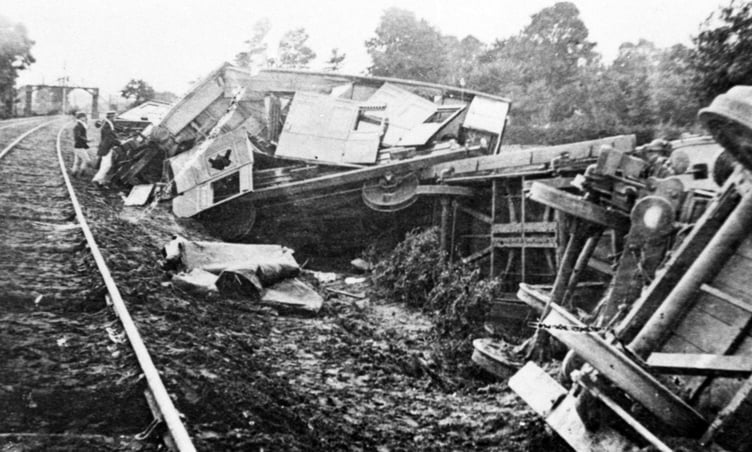

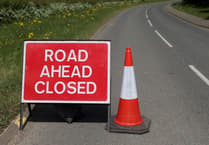
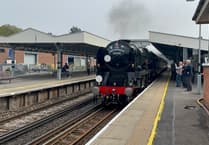
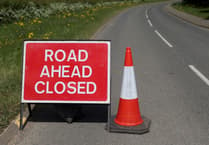
Comments
This article has no comments yet. Be the first to leave a comment.